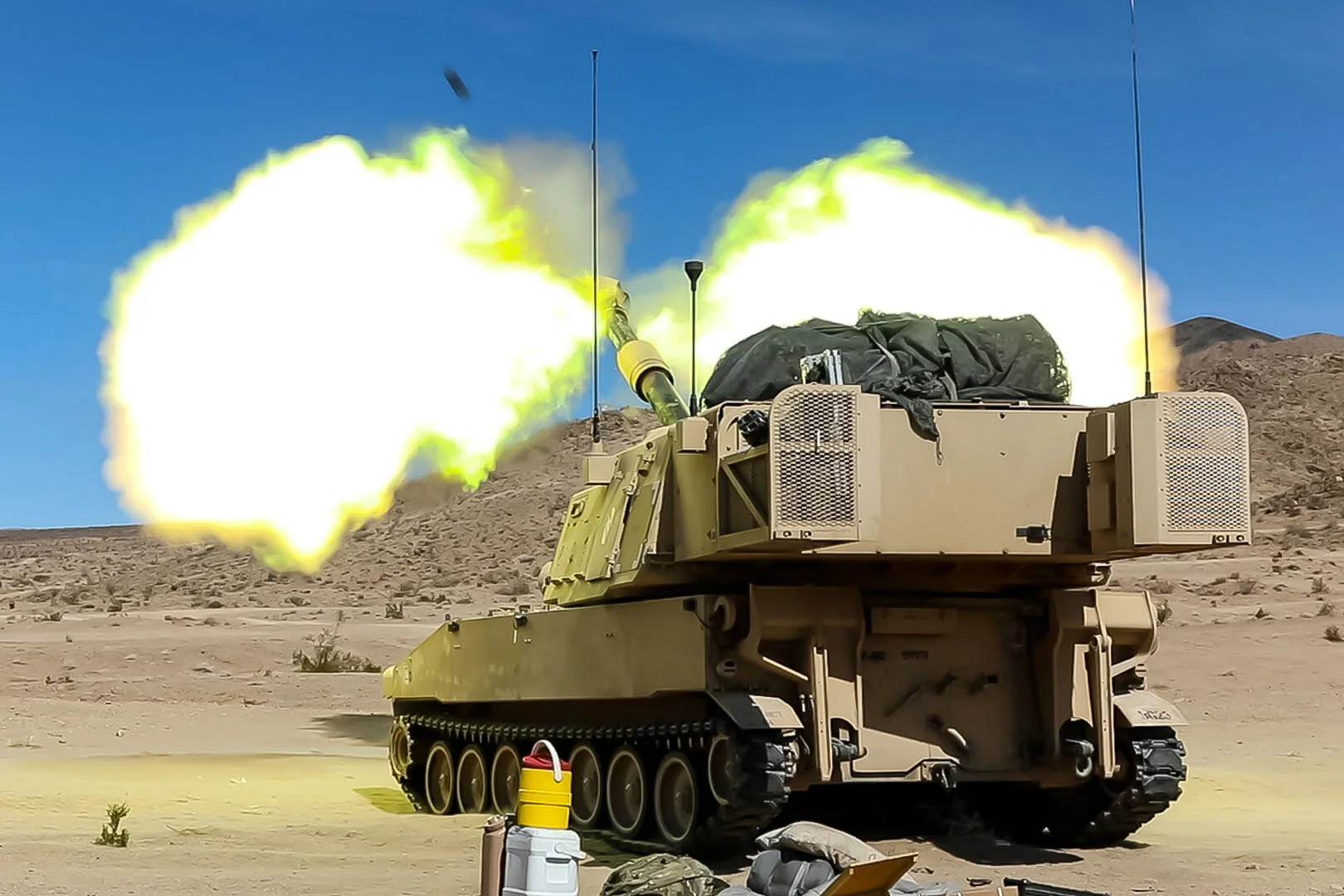
Munition - Howitzers & Artillery
Artillery is a class of large military weapons that are designed to fire munitions beyond the range and power of an infantry’s small arms. The development of this branch stemmed out of the need for weapons that could breach fortifications and could provide heavy, fairly immobile siege engines. Over time, technology has improved, allowing for lighter and more mobile field artillery to be developed for battlefield use.
Artillery weapons originated for use against ground targets, including infantry, cavalry, and other ground weapons. A special development and use of these weapons was for coast artillery usage against enemy ships. In the 20th Century, a new class of artillery was developed for use against aircrafts, called anti-aircraft guns.
A howitzer is a relatively short-barreled artillery piece that uses comparatively small propellant charges to shoot projectiles at a high trajectory with a steep descent angle. Howitzers are one of two types of primary types of field artillery. Historically, they fired a heavy shell from a relatively short barrel, however this limited their range; they were still slightly more mobile than the field guns of a similar size. This placed them in-between the “gun” category and the “mortar.” Since the end of World War II, howitzers have gained longer barrels and increased their effective range, making them “gun-howitzers.” Like other artillery equipment, howitzers are usually categorized into groups called batteries.
There are several types of howitzers that are used in the modern warfare of today.
A self-propelled howitzer is mounted atop a wheeled or tracked vehicle. In most cases, a form of armor protects it so that it appears to resemble a tank, but it is not necessary designed for the front line and cannot withstand direct anti-armor fire.
Relatively light in weight, a pack howitzer was designed so that it can easily broken down into pieces so that each may be small enough to be carried by a packhorse or mule.
A siege howitzer is one that’s design allows it to be fired from a mounting on a fixed platform of a sort.
Light in design, the mountain howitzer was designed for use in mountainous terrain. It is important to note that most, but not all, mountain howitzers are also pack howitzers.
A field howitzer is mobile enough to accompany a field army on a campaign and travels on a wheeled carriage of some kind.
The following howitzers and artillery weapons are available through UDC:
D-30 122mm Howitzer
D-20 152mm Towed Howitzer
M198 155mm Howitzer
M109 155mm Self-Propelled Howitzer
M101/M101A1 105 mm Howitzer
(photo credit: Vitaly V. Kuzmin)
BM-21 Grad 122mm Multiple Rocket Launcher
2S3 M-1973 152mm Self-Propelled Howitzer
2S1 Gvozdika 122mm Self-Propelled Howiter
M-114 Howitzer
If you have questions about the 40mm M781, or would like to request a quote, select an option below
Submit a contact form for questions regarding our Medium Caliber Products
Download UDC’s complete product catalogue
Request a quote for a product from UDCs catalogue









